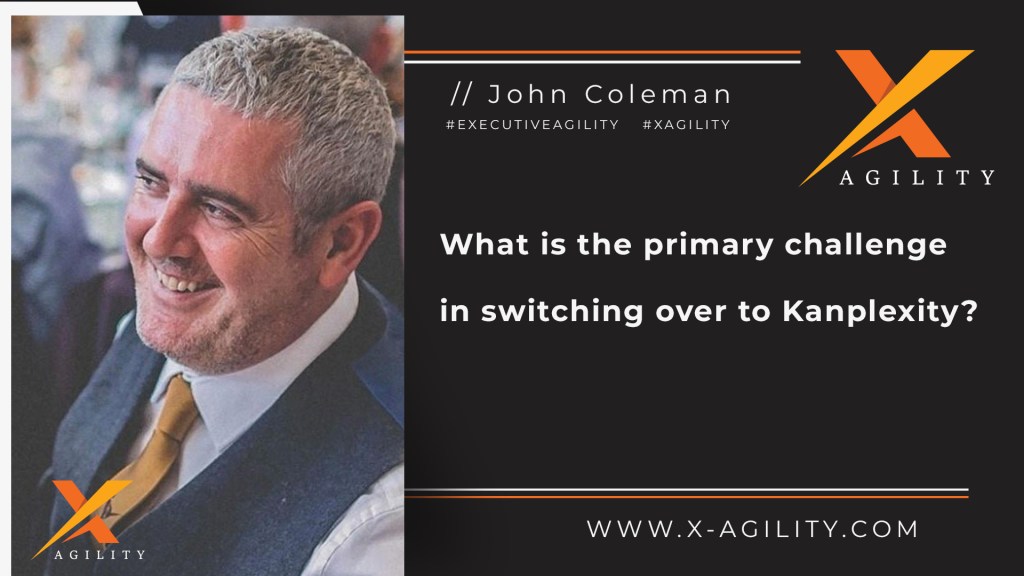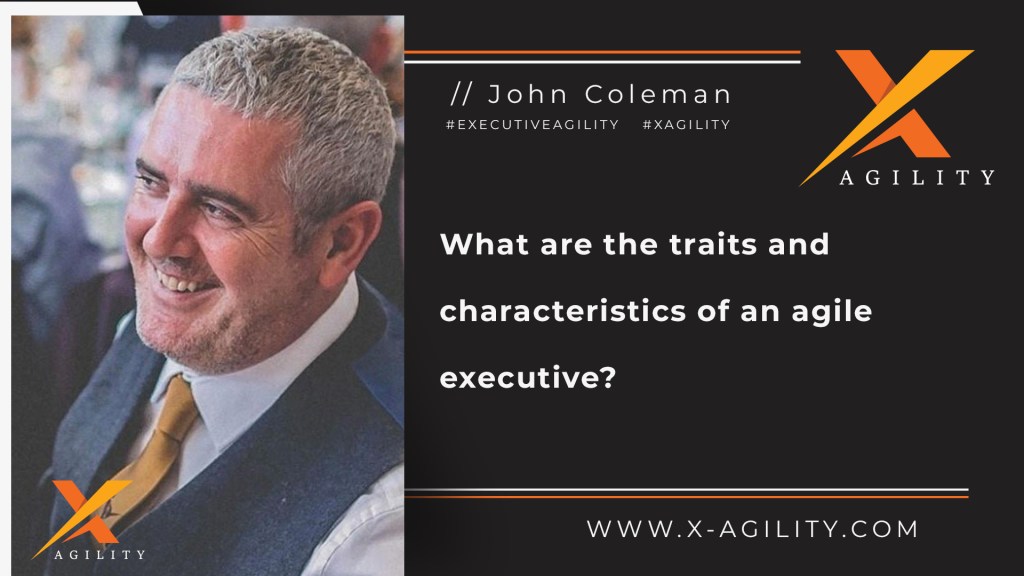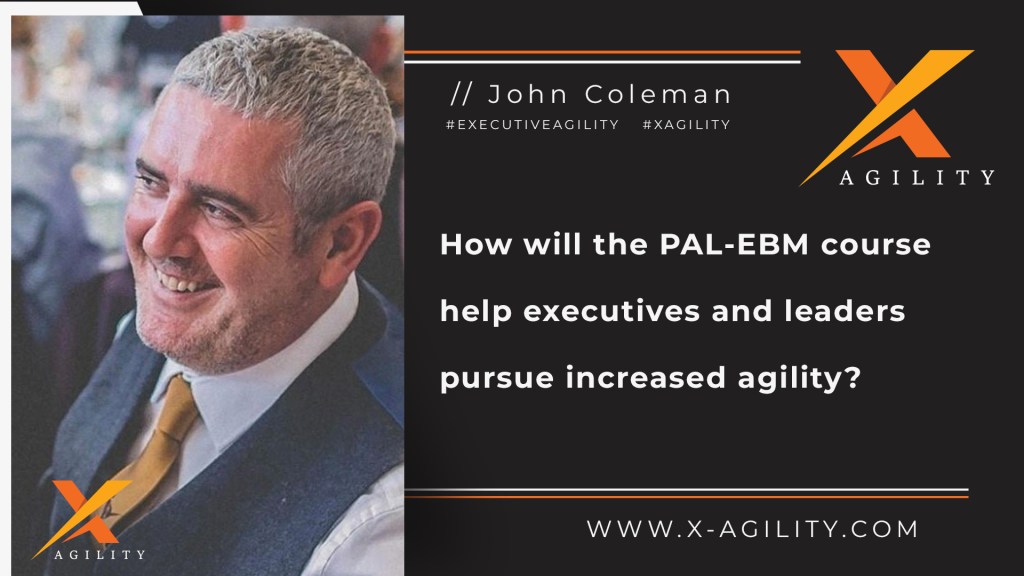Why is a direction of travel preferable to a fixed strategy.
It depends, but let me try and narrow it down a little bit.
Working in a complicated environment.
If you are working in a complicated space, and you are confident that you have a product market fit, and that you have the right product which aligns with the right customer segment at precisely the right price, then a fixed strategy is fine.
You can design some goals and use something like OKRs (Objectives and Key Results framework) to figure out how to improve the efficiency of that operation.
You can go a step further and use the framework to improve customer satisfaction, employee satisfaction, and stakeholder engagement and satisfaction.
In other words, milk the metaphorical cow that you’ve got.
In this space, you are relatively confident that you have enough knowledge to excel, but I would caution you to not be overconfident. John Seddon, inventor of the Vanguard Method, recommends that you have strong customer and stakeholder engagement in addition to monitoring dashboards.
Take the time to walk to the place of work, understand the problems and challenges the team are encountering, and get to know as much as you possibly can about the team, the work environment, and the customers you serve.
In my opinion, even in this scenario, you shouldn’t be invested in a fixed strategy.
You should be thinking in terms of emergent strategy.
Sure, you can have strong confidence in the direction you are travelling over the next year or two. You can be fairly certain of what is going to happen in the next quarter, potentially less confident about what is going to happen in quarter two, and so forth, but things become more vague the further you travel down that timeline.
So, you often find that people think in terms of fixed strategy, and that’s ok, but I would definitely encourage you to think in terms of Direction of Travel rather than a fixed strategy regardless of how stable and secure things may feel in the present moment.
Working in a complex environment.
I encourage people to think in terms of Direction of Travel because there are so many things that we don’t know, especially in a complex space, and it’s worth acknowledging that disruption can come from any quarter, and we may require to pivot based on customer needs or shifts in the market.
In a complex environment, we don’t know what we don’t know, and even if we bring all the experts together, they still may not be able to figure out the problem or build the solution.
We don’t have product-market fit as yet, we don’t know what the correct price is, and we are still learning about the customer segments we intend to serve. We aren’t 100% confident about what is happening with competitors and we aren’t 100% clear of whether we are building the right thing, at the right time, and in the right way.
If you are still learning and discovering the way forward, setting strong goals and attempting to articulate a fixed strategy can prove unhelpful and disruptive because you aren’t giving yourself any slack in the system to adapt and evolve.
In my estimation, 60% to 90% of what is being built in the complex space serves little to no purpose. To put it bluntly, those items shouldn’t be built. Yet, teams focus on achieving productivity goals and so they build and deliver rather than experiment and test assumptions.
You should create rapid experiment loops that enable you to quickly test your ideas and assumptions, validate whether it is the right thing to build, and then iterate based on what the data and evidence is telling you.
Bear in mind that the direction of travel you establish at the outset could be wrong, just as a fixed strategy could be wrong. You want flexibility in the system that will allow you to test your theory and rapidly, easily, and cost-effectively pivot in the event that you are wrong.
There’s a phrase, ‘moving the goalposts’, and it implies that this is a bad thing, but in product development, it is essential that you move the goalposts.
If you have a hypothesis, run an experiment to validate that hypothesis, and discover that you are wrong, you want to be able to shift direction or pivot to the next hypothesis to validate that theory.
Innovation and Execution.
You almost need two different personalities inside of your organization.
In the areas that you have a metaphorical cow that needs to be milked efficiently and effectively, that requires a certain mindset and execution capability. You know the environment, you have product-market fit, and it’s simply a case of doing that as well as you can.
In the innovation space, you need a completely different mindset.
You’re inventing. You’re trying to find the next big cash cow. You are testing assumptions, figuring out product-market fit, and co-creating with customers and product stakeholders to build the right solution and solve the most compelling problems.
In this scenario, you tend to want to set a reasonably short-term direction of travel for the team, and you are anticipating to evolve from the present moment rather than stay fixated on a plan over the long-term.
So, you’re gathering data and evidence, and using that to inform whether you are travelling in the right direction or whether you need to stop and start from scratch. You’re basically like a heat seeking missile that is chasing down value and tracking it as it emerges and evolves.
Why would you want to persist with a fixed strategy when all the evidence and data is telling you that it is not the correct strategy. Having a direction of travel, rather than a fixed strategy, allows you to stay fluid and respond to the evidence.
With each validation, your confidence grows, and the data supports the decisions you make.
I do get nervous when I walk into product development environments and see projected 18-month milestone charts. I would prefer to see leadership teams set a direction of travel and inspire the team to discover and build based on data and evidence.
About John Coleman
https://linktr.ee/johncolemanxagility – social and podcast links
https://linkpop.com/orderlydisruption – order training from right here
If you are interested in helping your team or organization achieve greater agility and want to explore agile training options, visit our training page.
If you value coaching and would like to work with a deeply experienced agile and executive coaching specialist, visit our coaching page.
If you are looking for an agile consultant that can help your leadership team identify an appropriate roadmap to organizational agility and take the most effective course of action in your agile transformation, visit our consulting page.
#agile #leadership #agileleadership #certifiedagileleadership #professionalagileleadership #psm #psm2 #scrum #scrumorg #xagility #executiveagility #xagility





